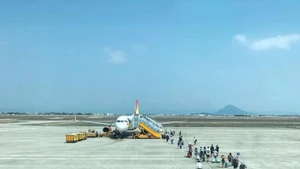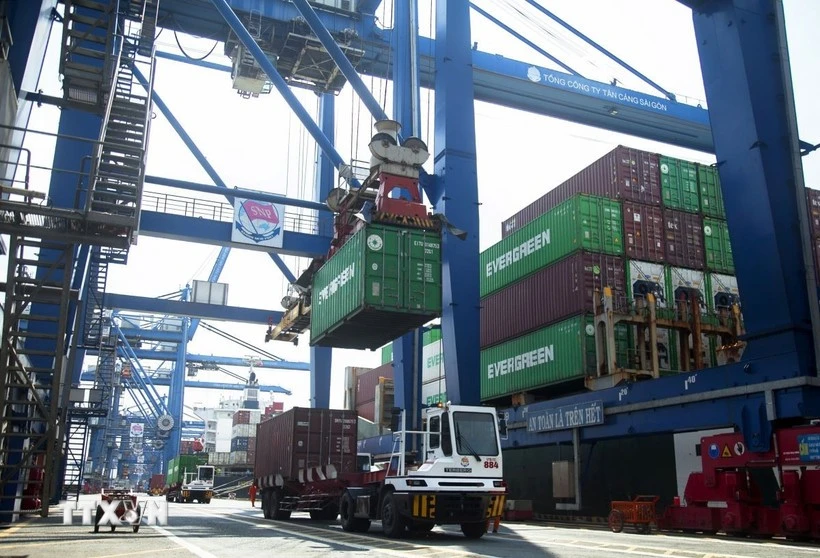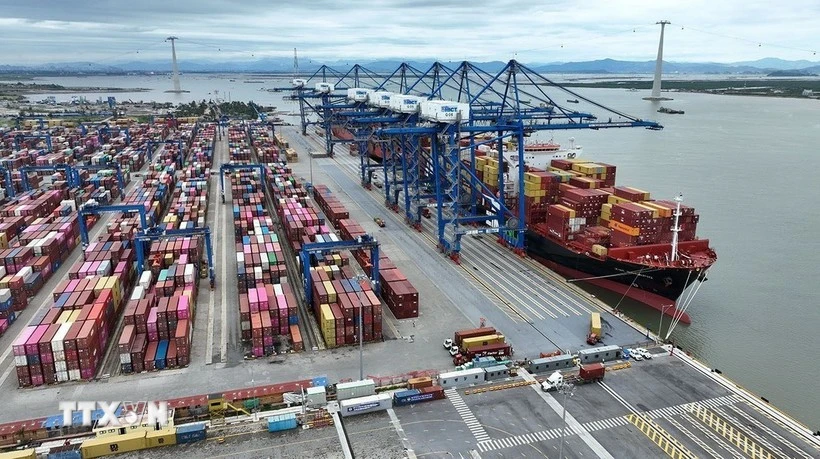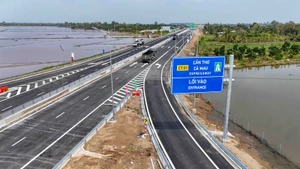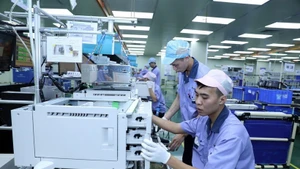According to the Ministry of Agriculture and Rural Development (MARD), fruits and vegetables brought home 600 million USD from exports in May, bringing the five-month figure to 1.97 billion USD, up 39% annually.
In the first four months of this year, China remained the top consumer of Vietnamese fruits and vegetables with a market share of 58.7%, reaching a value of 804.6 million USD, up 30% year-on-year. The Netherlands posted the highest growth, 72%, in the import value of Vietnamese fruits and vegetables.
Secretary General of the Vietnam Fruit & Vegetables Association Dang Phuc Nguyen said it is the first year following nearly three years of COVID-19 that China has actively increased its purchase of Vietnamese farm produce such as dragon fruit, durian, mango, and jackfruit, among others.
He predicted that with abundant supply, fruit and vegetable exports in the latter half will be promising if the requirements of the Chinese market, such as Good Agricultural Practices (GAP), are well met. The total export turnover of fruits and vegetables this year is expected to exceed 4 billion USD.
At present, Deputy Minister of Agriculture and Rural Development Tran Thanh Nam is leading a working delegation to the Chinese provinces of Guangxi and Yunnan to boost bilateral trade in agro-fisheries.
Both sides proposed enhancing studies to pilot the operation of smart border control system.
Nam suggested the Nanning customs set up a point of communication so that it could easily contact the MARD and minimise text-based exchanges.
Guangxi shares its border with four Vietnamese provinces, with a total of nine border checkpoints, but only six of them are allowed in the import and export of fruits and vegetables. Hence, Nam proposed that the Nanning customs consider expanding the scope of fruit and vegetable trade to all nine border checkpoints, reducing pressure on traditional checkpoints, easing congestion, and reducing costs for both sides.



